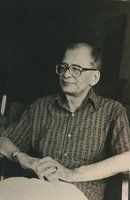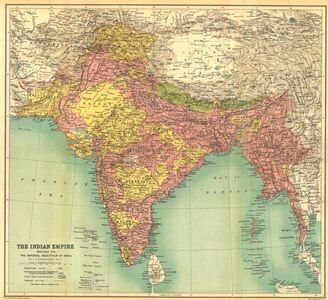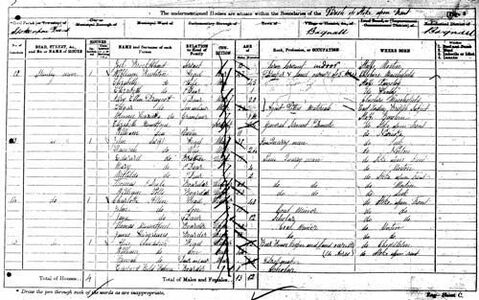Asok Mitra , popularly known as the 'father of Indian Census', frequented KUMARS for books on a number of subjects. His passion was agro –economy, a subject not held in respect in earlier days. I remember Asok babu, once coming to my father and requesting for the complete Annals of Rural Bengal by Hunter. He said he does not have the money to pay for it but would like to borrow it for his study. Later he left Calcutta and even from Delhi wrote to my father for rare books. By then his interest had broadened. Books not only on Agro-economy and Census but also on arts, painting anthropology and others.
But who was this man? Asok Mitra (b 1917) Served Indian Civil Service 1940-75. He was the Register General and Census Commissioner India 1958-68. Secretary to Government of India 1965-75. Member Population Commission UN and PAG UN System. Founder President Indian Association for Study of Population and Ex-President Nutrition Society of India. Professor of Population Studies Nehru University 1974-82. Honorary Professor JNU New Delhi and ISI Calcutta. Author of Census Reports of West Bengal and India, District Gazetteers of West Bengal, served Research Reports under ICSSR, Calcutta India’s City, Delhi Capital City, India’s Population: Aspects of Quality and Control. Translated Tagore’s Chaturanga (Sahitya Academy). Member Lalit Kala Academy, Delhi 1967-68. Author of Paschim Europer Chitrakala (1955), Four Painters (1964), Char Chitrakar (Hindi).
Prior to his massive work on the Census of India the only other seminal work on the subject was that of J.H.Hutton’s work The Census of India 1931 .Fondly remembered as as ‘Census Mitra’,and ‘Pandit Mitra’to distinguish him from the Economist and Communist with the same name. Mitra’s expertise in the census analysis often went beyond the confines of demography to directly caution the state on the deteriorating decline of the female sex ratio in India. He inspired and guided the social scientists of his time and radically changed the pattern of demographic research to give it a shift from mere data analysis to one of social concern.
To go back to history, it was in 1961 that a distinguished scholar-administrator (Asok Mitra) who was one of the last ICS officers in independent India, put the Indian census on the world map by introducing new concepts and classifications, more detailed tabulations, special tables for scheduled caste and scheduled tribes and also for large cities, collecting a wide range of ancillary data, setting up a map division to undertake extensive mapping, and a social studies division to undertake anthropological studies and analyze ‘social and cultural’ tables. He also involved a large number of Indian scholars from universities and research institutions in the analysis of census data by commissioning special census monographs published by the office of registrar general. He also invited foreign scholars to undertake studies based on 1961 census data. He was responsible for the participation of a fairly large number of Indian scholars at the United Nations-sponsored World Population Conference in Belgrade (1965) and above all, he threw open the doors of census office to all scholars. His was an outstanding performance.




